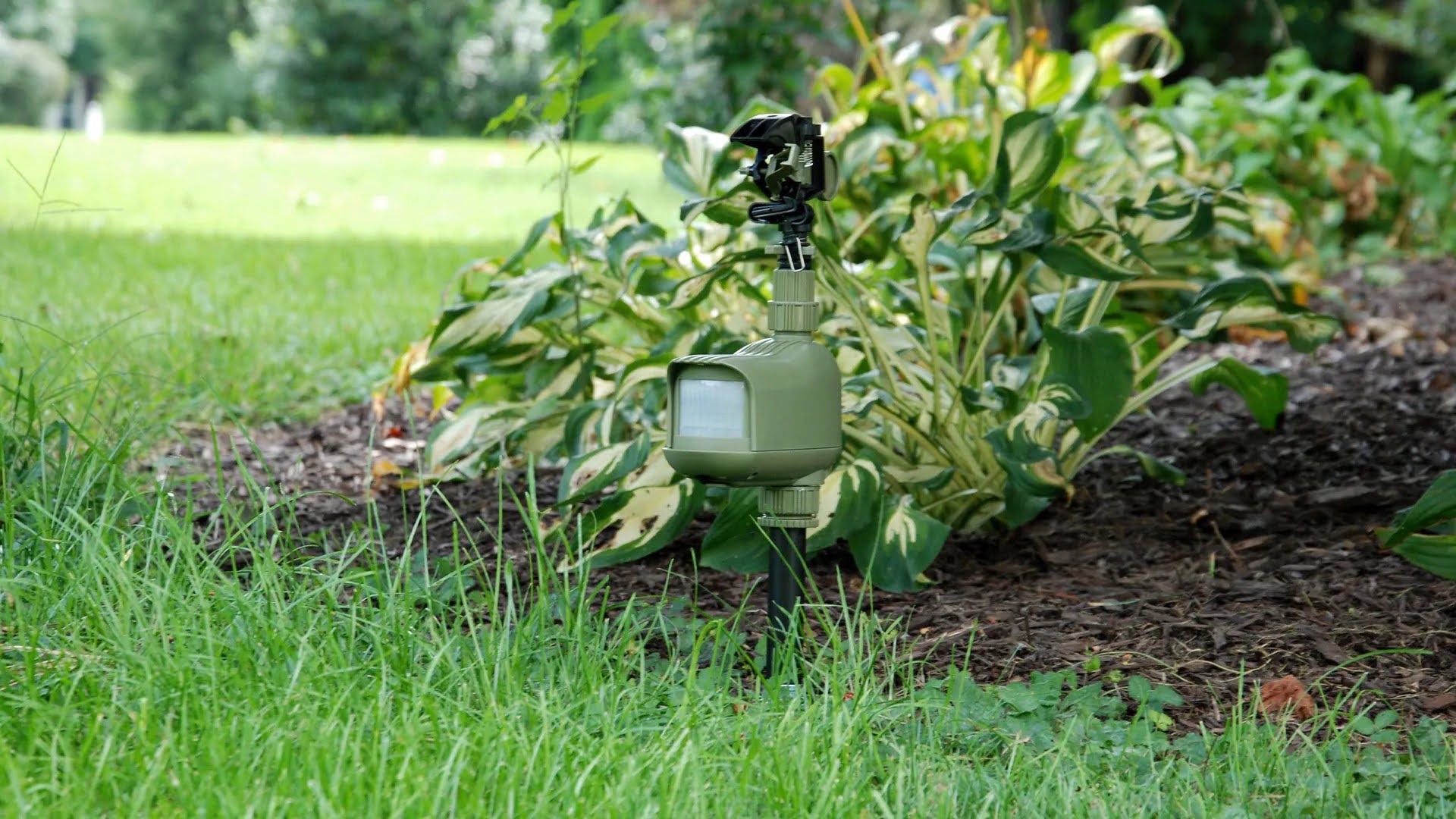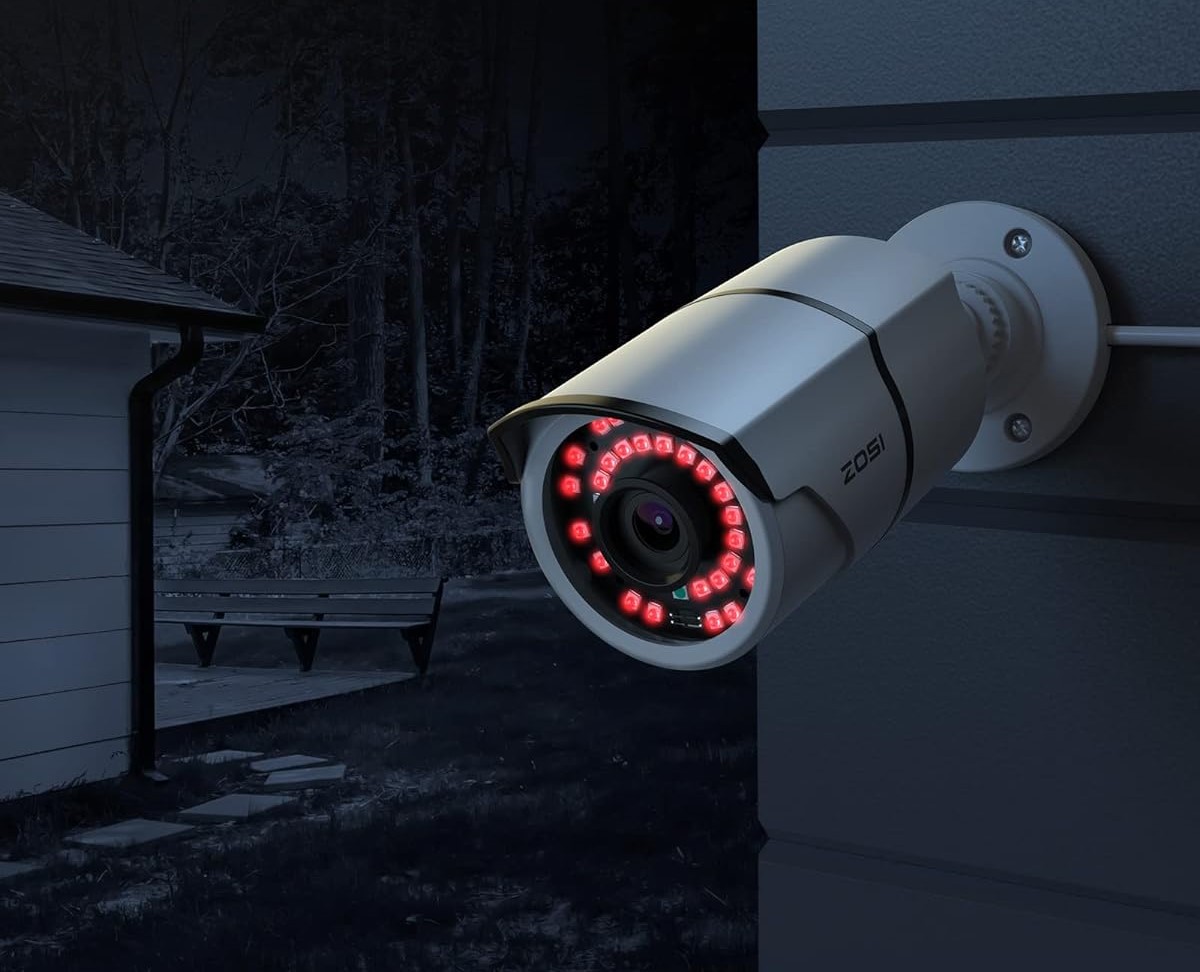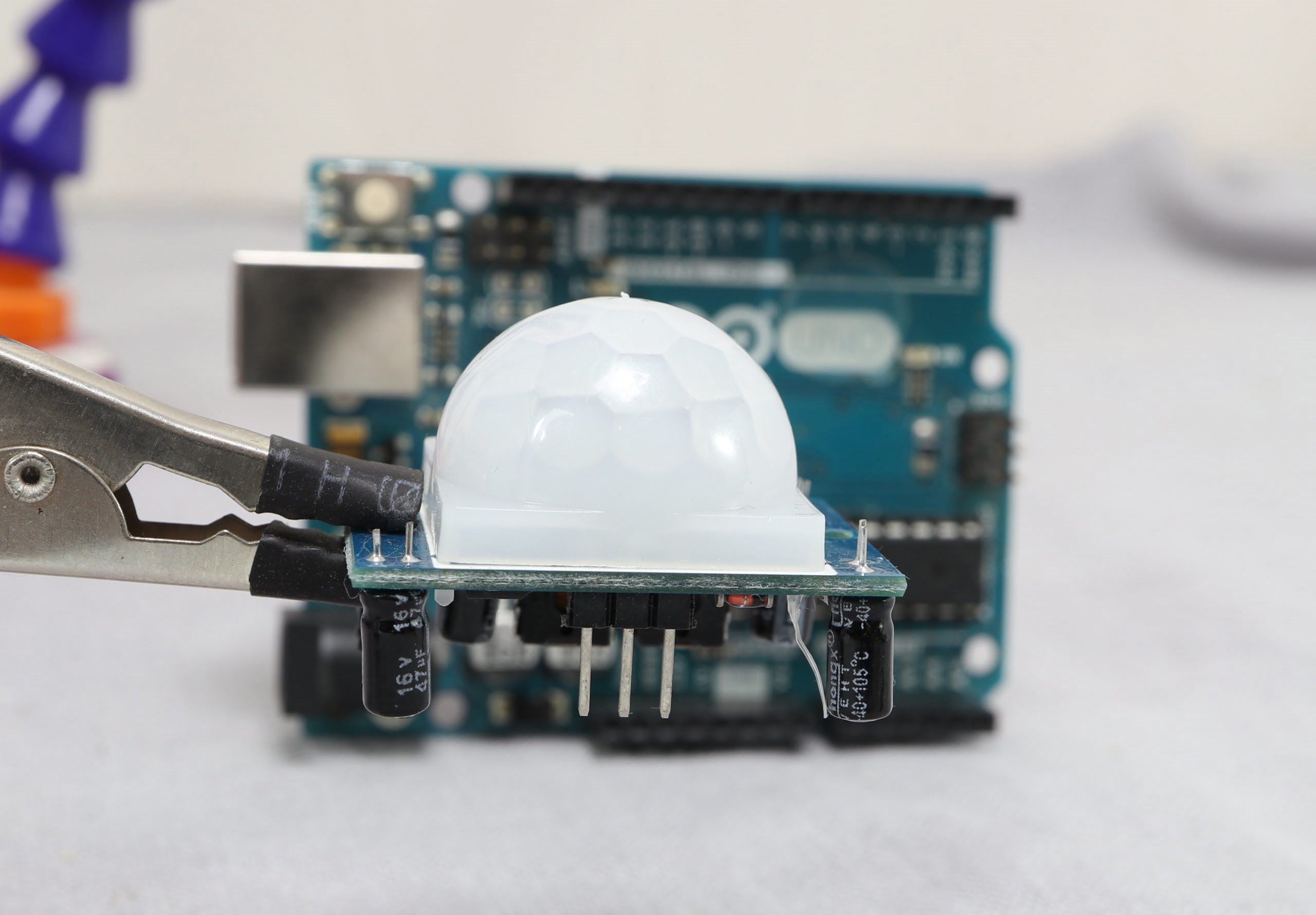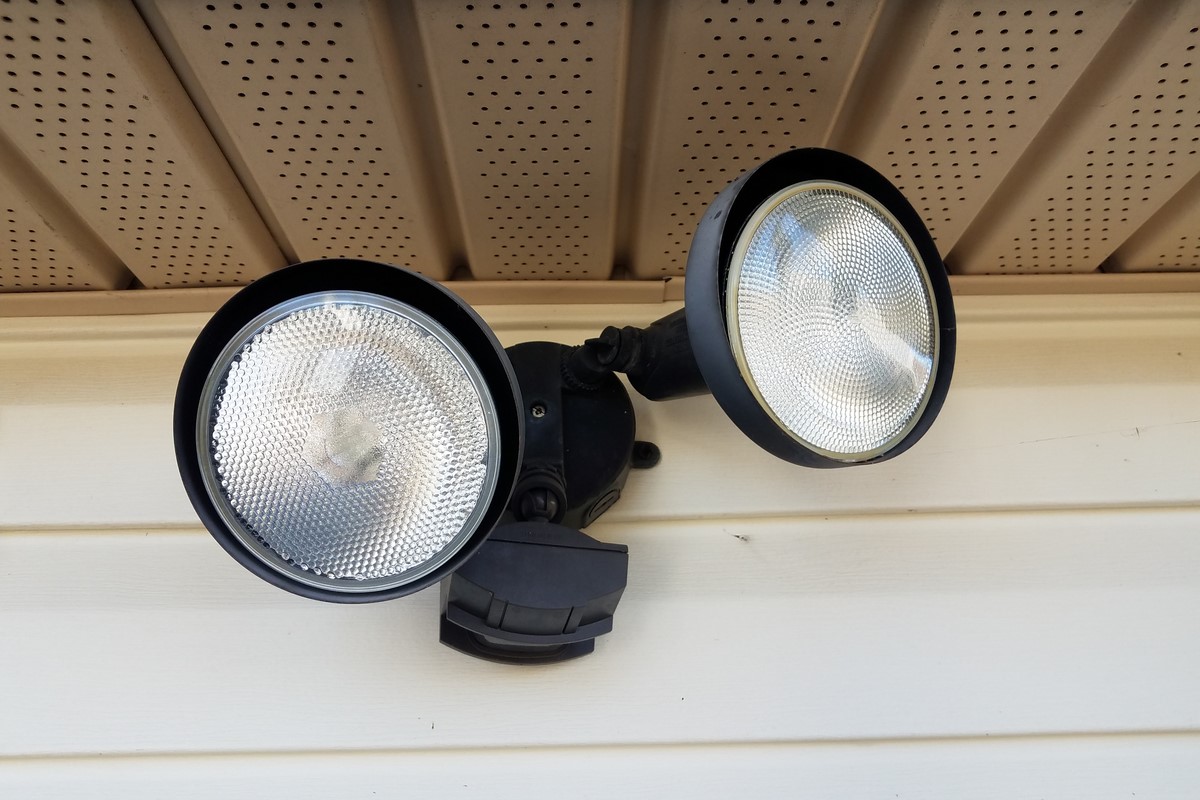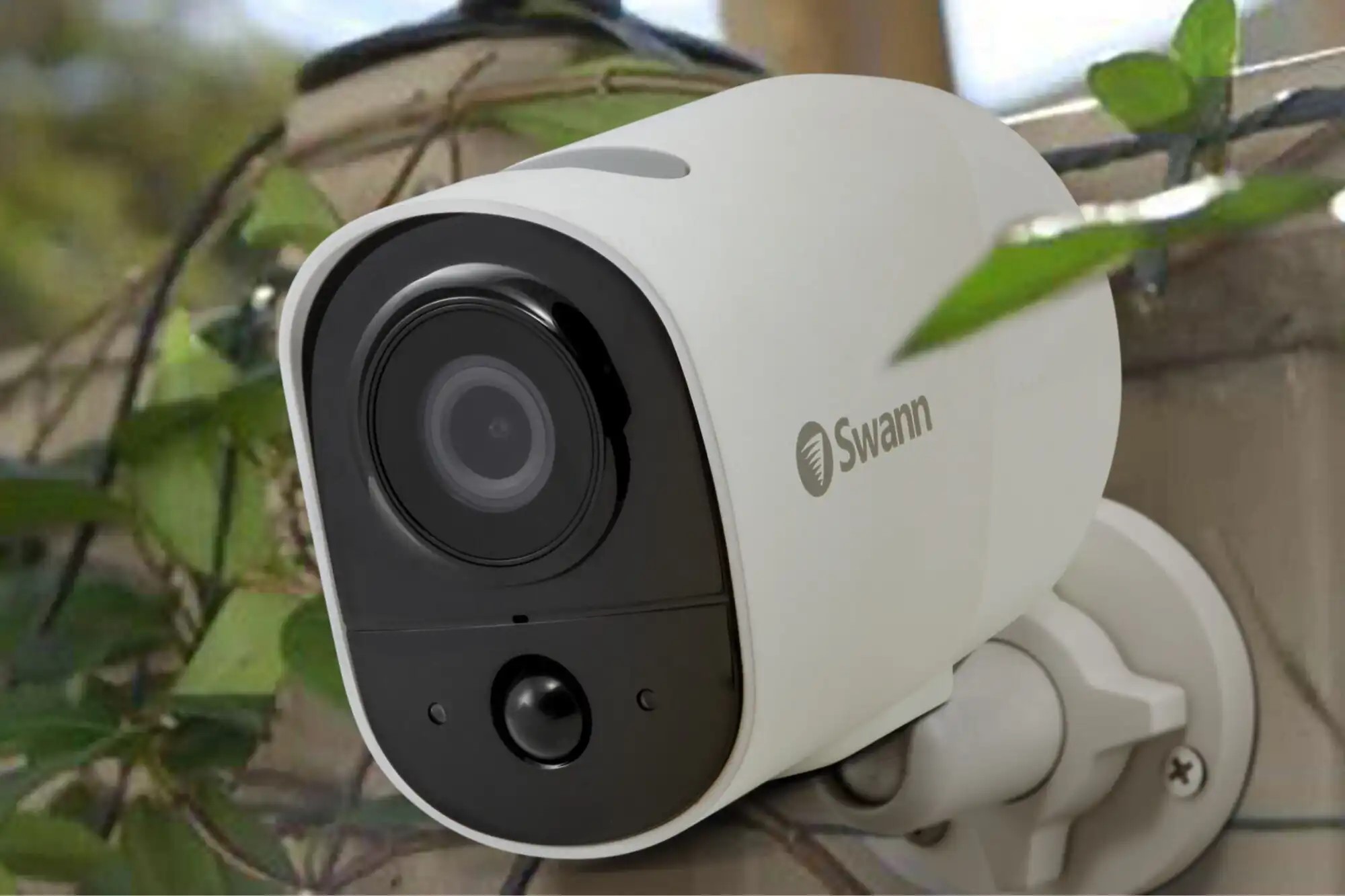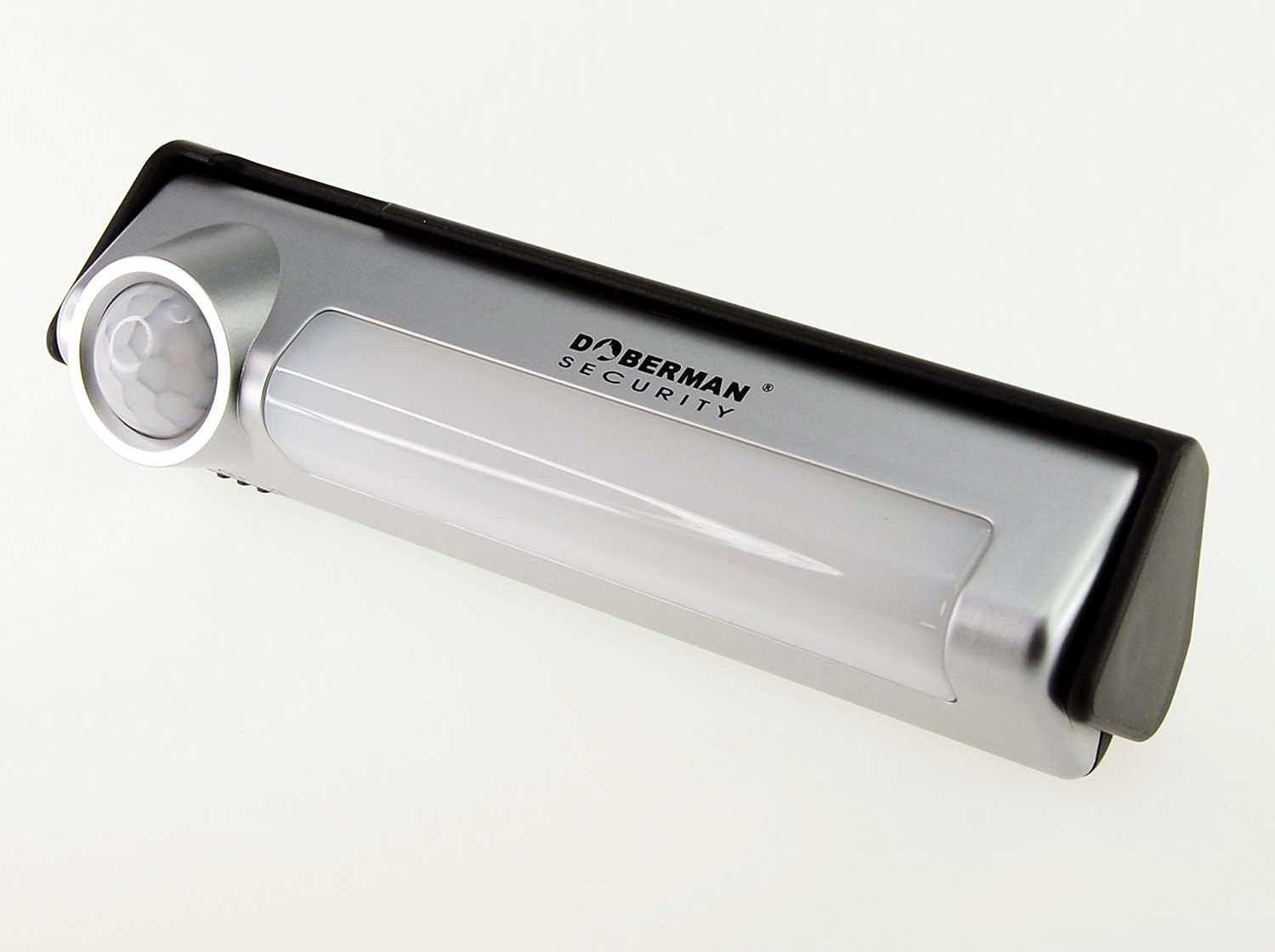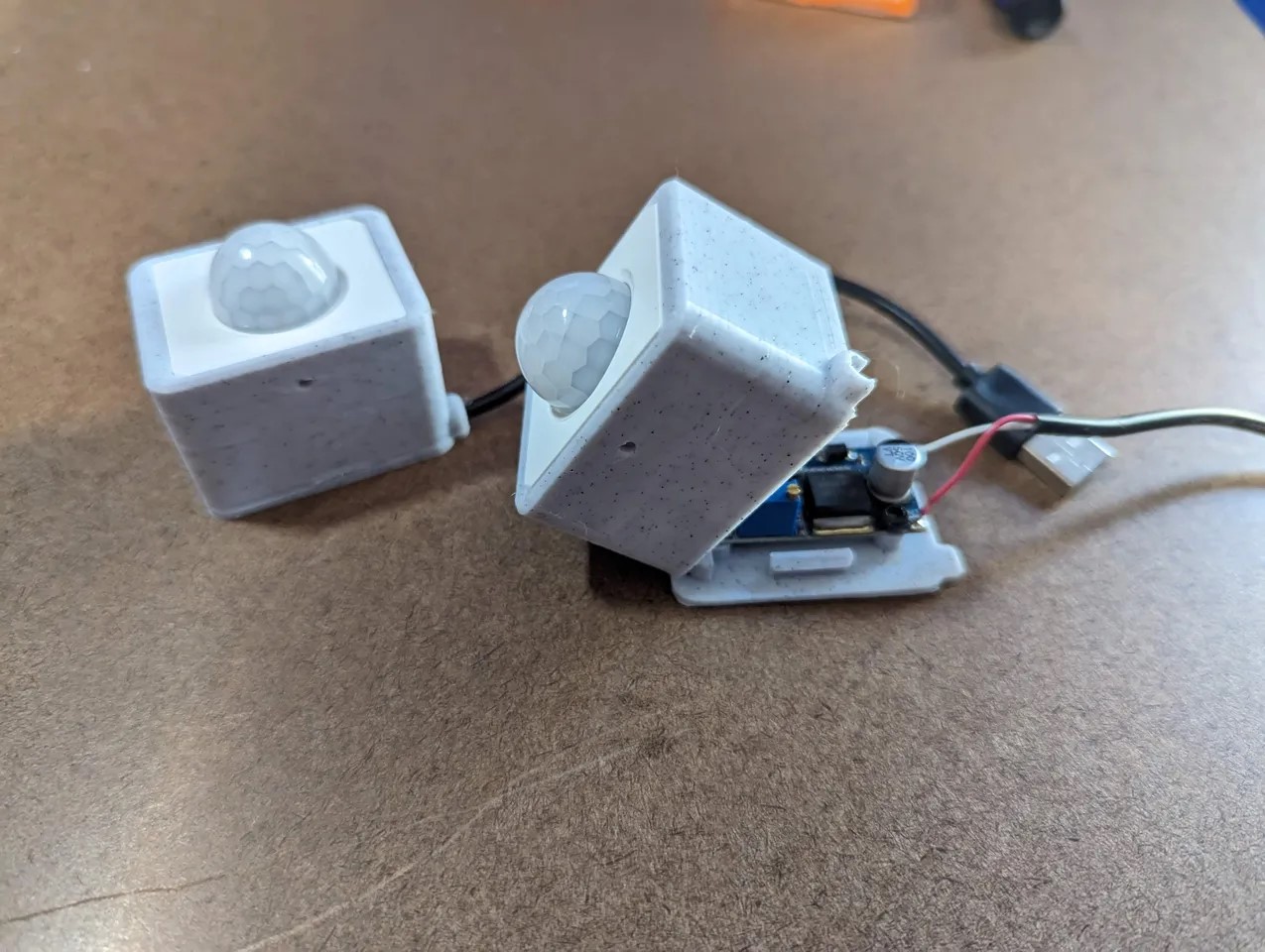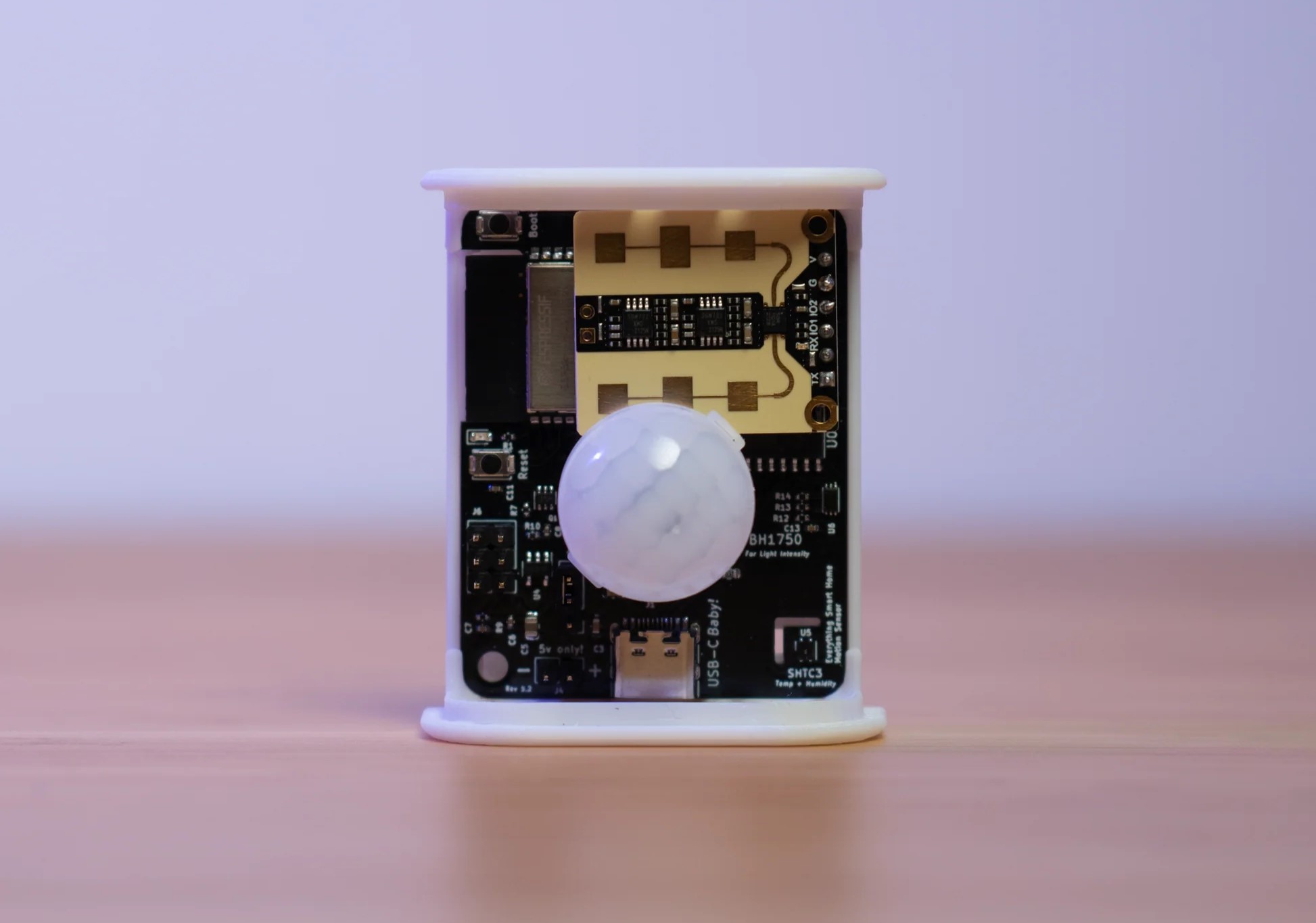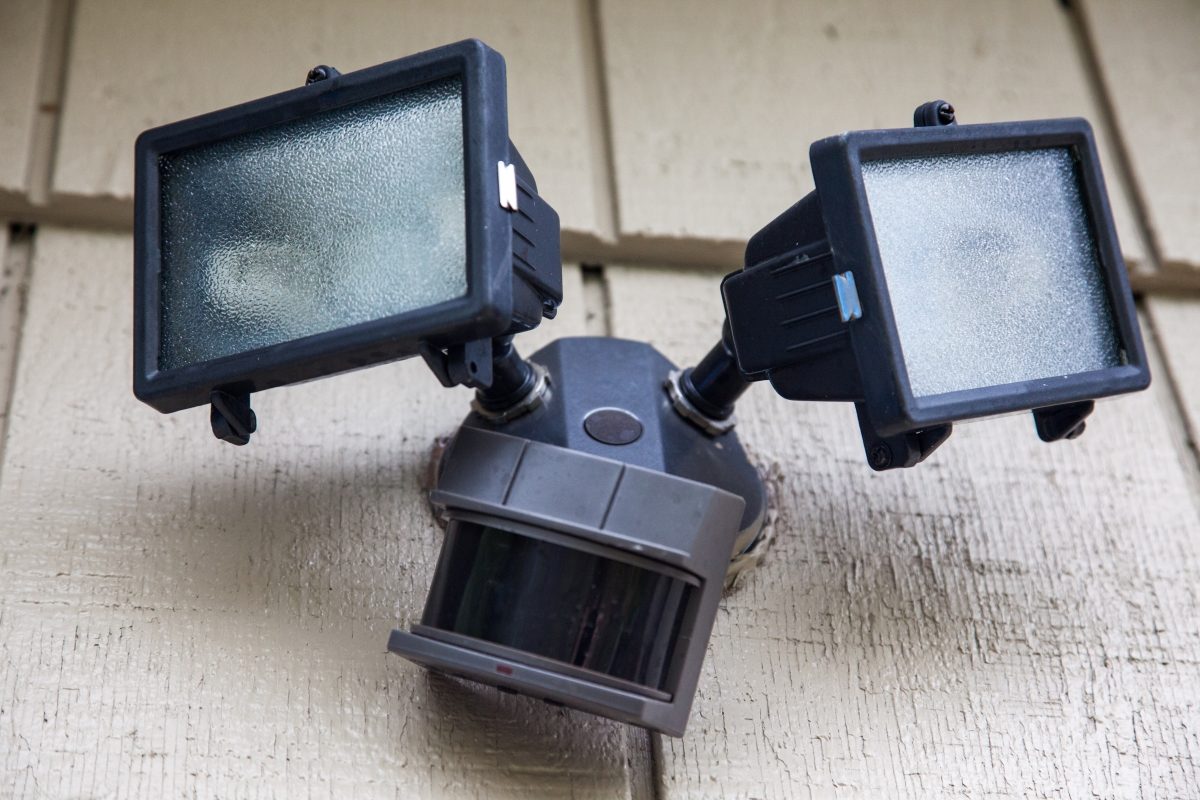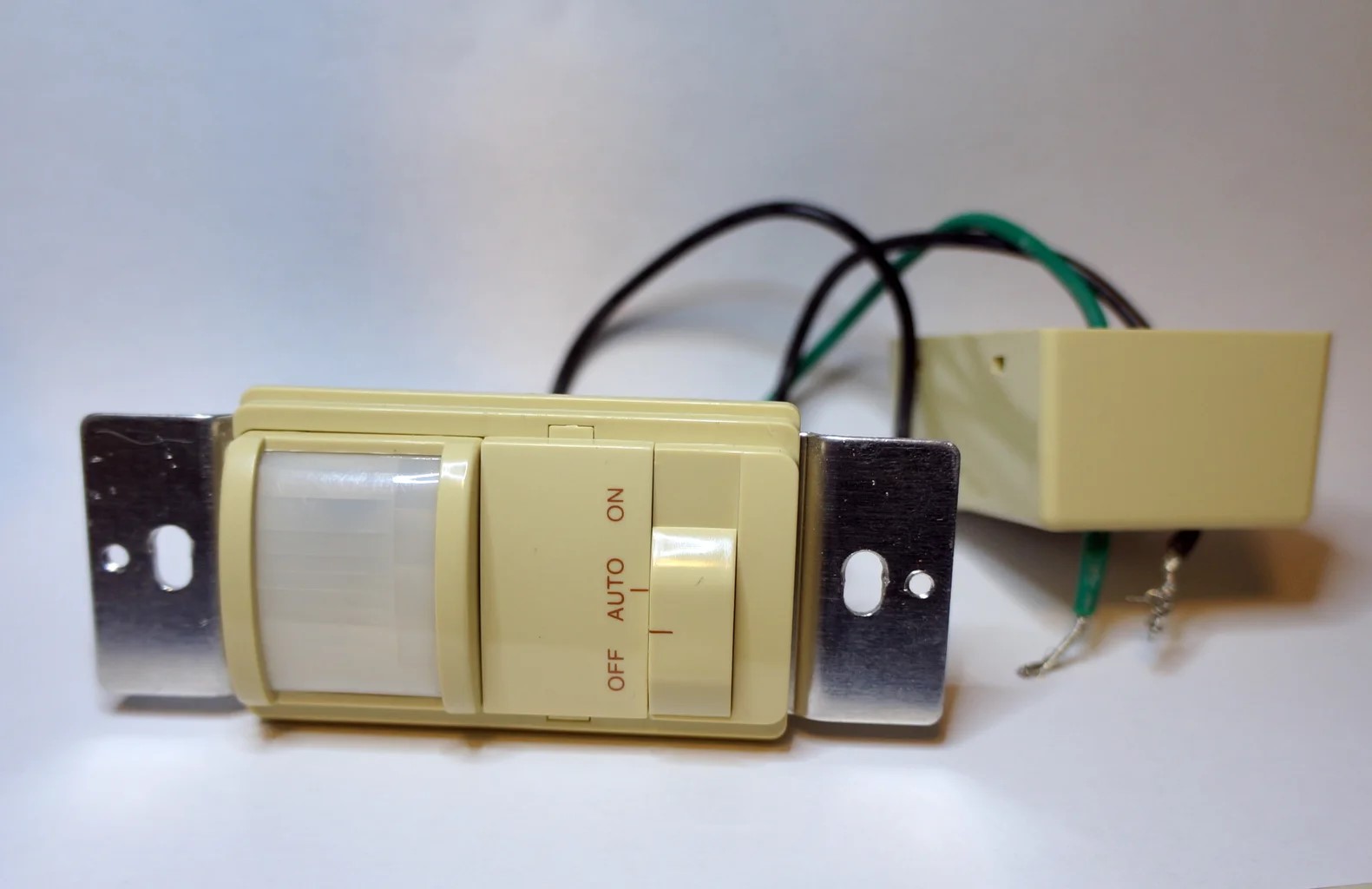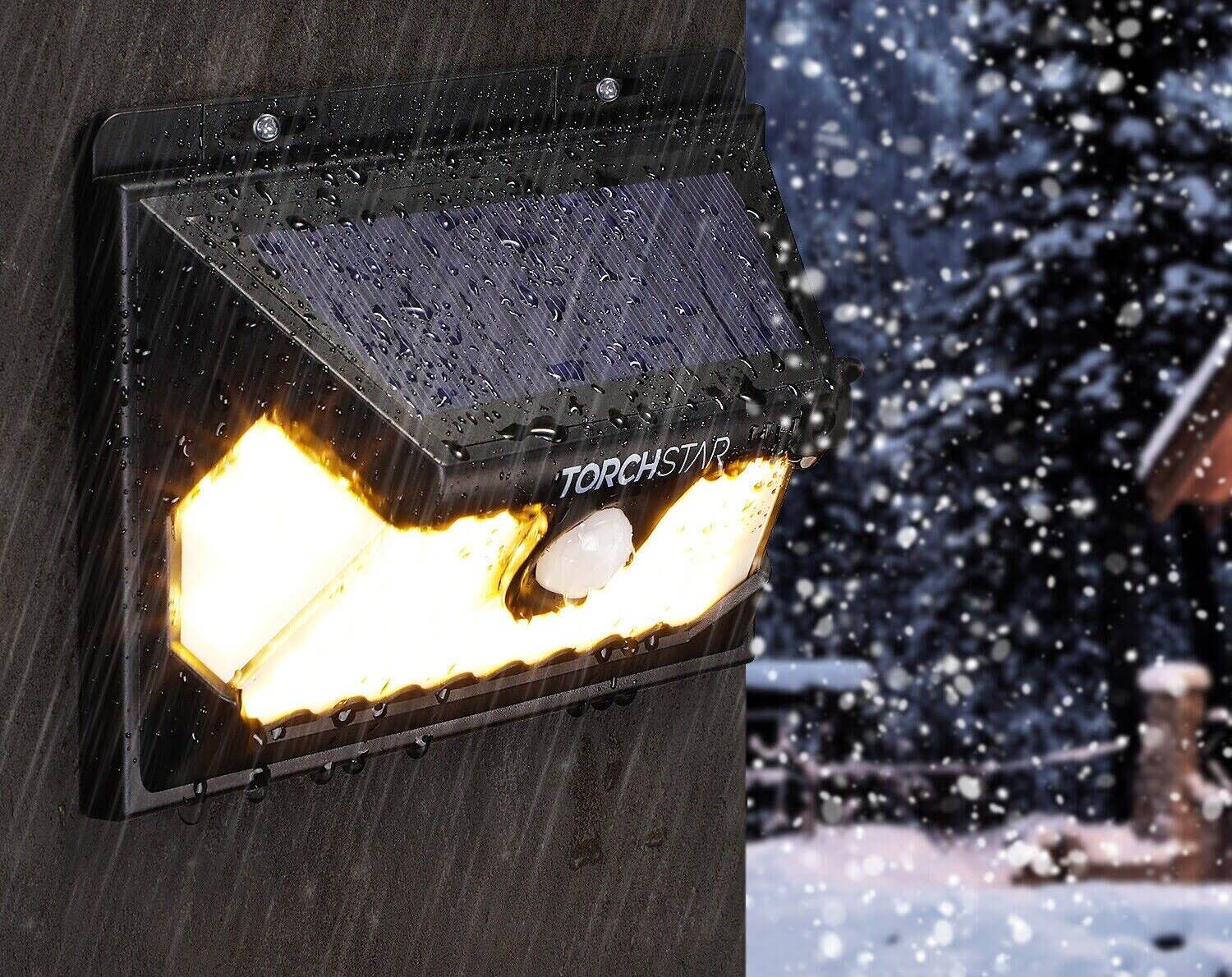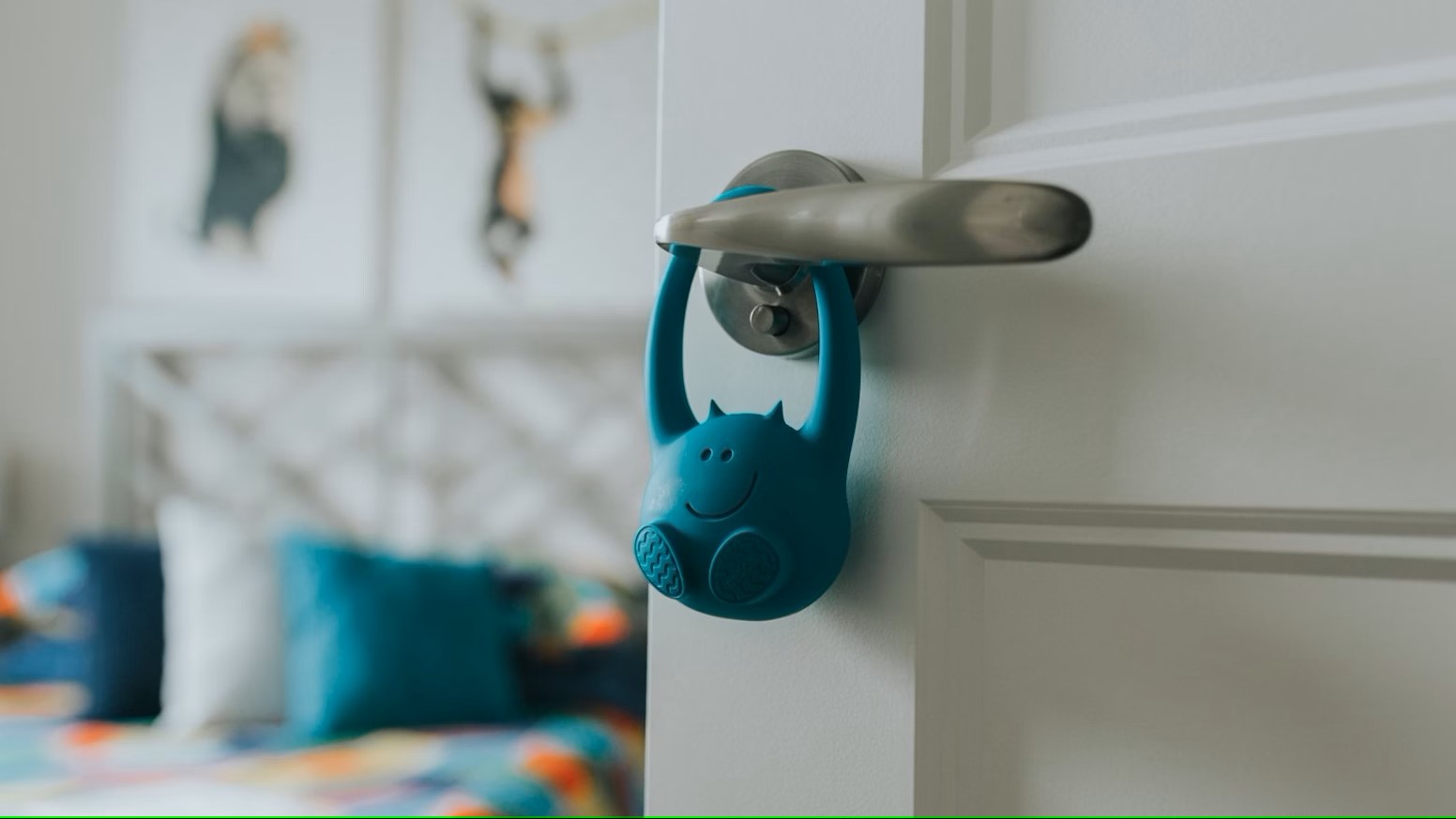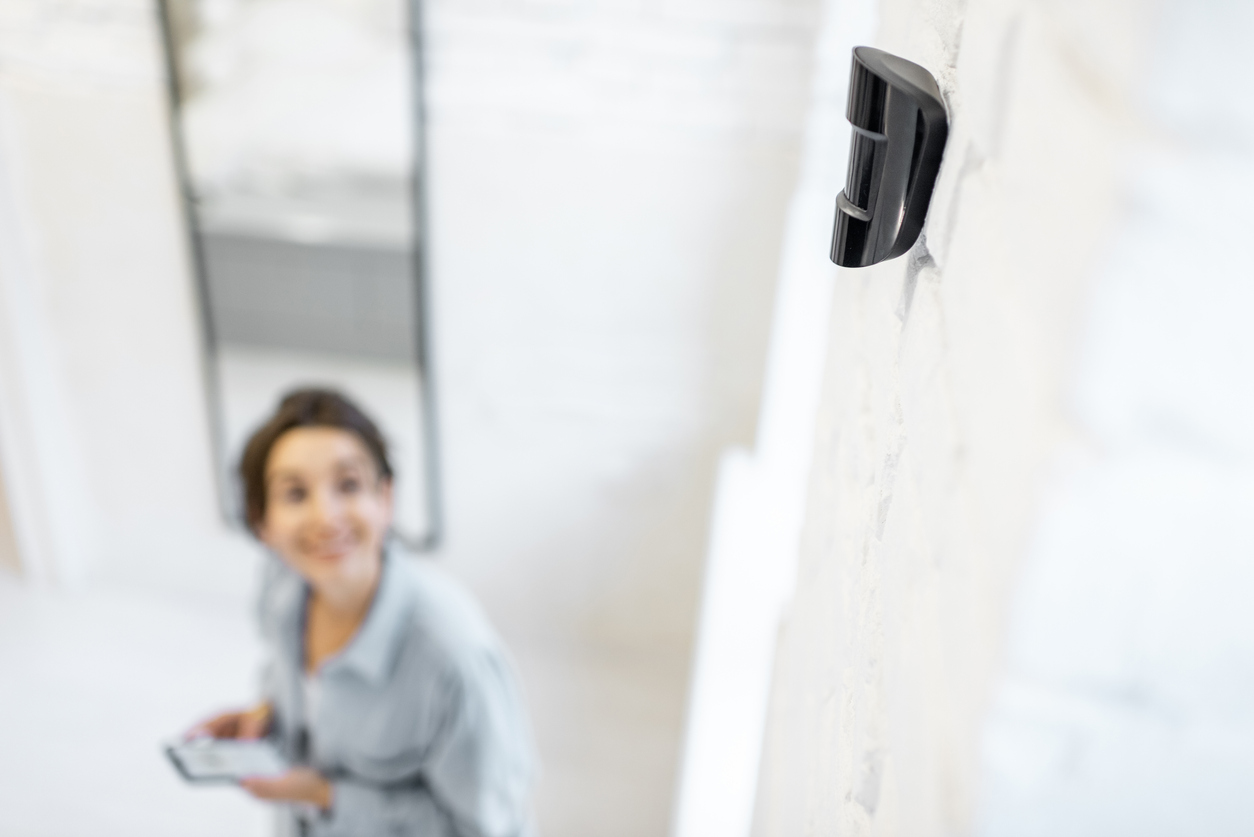Home>Home Security and Surveillance>How To Use Motion Detector In Fortress Security System
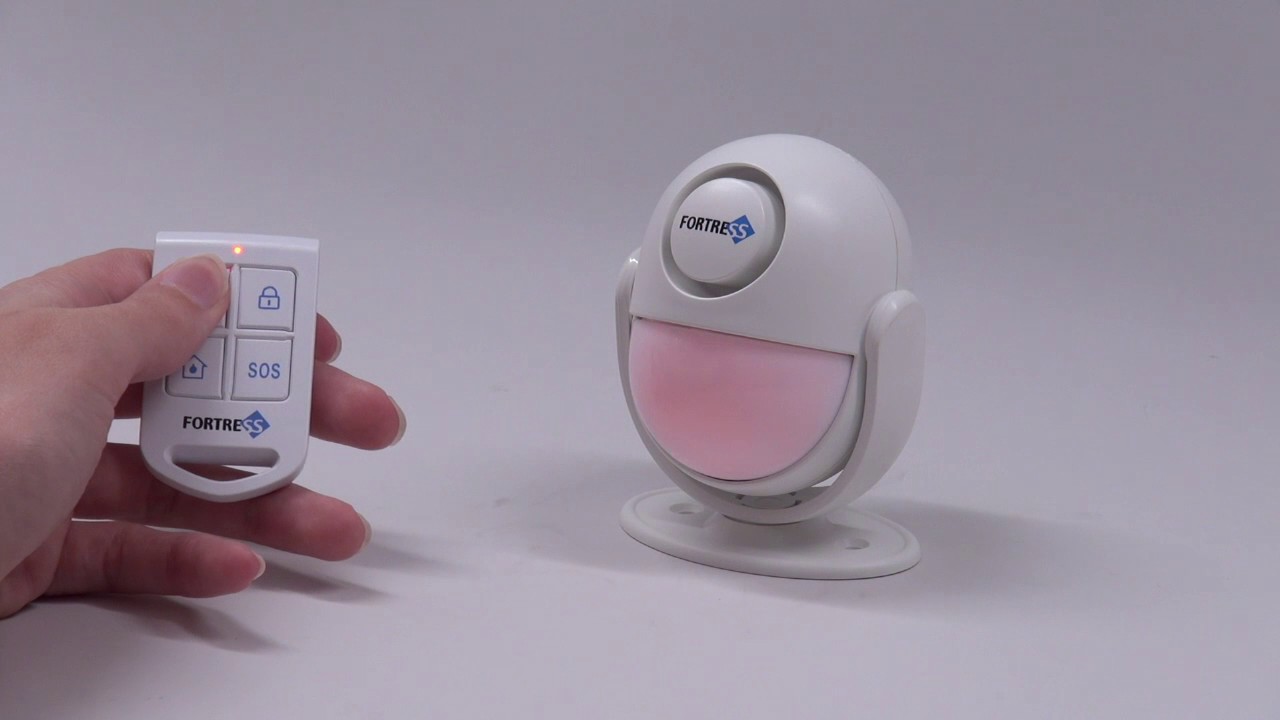

Home Security and Surveillance
How To Use Motion Detector In Fortress Security System
Modified: August 23, 2024
Learn how to effectively use the motion detector feature in your Fortress Security System for enhanced home security and surveillance.
(Many of the links in this article redirect to a specific reviewed product. Your purchase of these products through affiliate links helps to generate commission for Storables.com, at no extra cost. Learn more)
Introduction
Welcome to the world of home security and surveillance! In today’s rapidly changing landscape, it’s more important than ever to ensure the safety of our loved ones and protect our valuable assets. One crucial component of any comprehensive security system is the motion detector.
Motion detectors are electronic devices that provide an extra layer of security by detecting movement within a designated area. They are commonly used in both residential and commercial settings to trigger alarms, activate surveillance cameras, or even turn on lights. With advancements in technology, motion detectors have become more sophisticated, reliable, and user-friendly.
In this article, we will delve into the world of motion detectors, specifically focusing on the motion detector included in the Fortress Security System. We will explore the components of the motion detector, guide you through the installation process, explain how to configure its settings, and provide tips for troubleshooting common issues.
So, whether you’re a tech-savvy homeowner looking to enhance your security measures or a business owner seeking to safeguard your premises, this article will provide you with valuable insights to make the most out of your Fortress Security System motion detector.
Key Takeaways:
- Motion detectors are essential for home security, detecting movement to trigger alarms or surveillance. The Fortress Security System’s motion detector is easy to install, configure, and test, providing reliable protection for your property.
- Troubleshooting common issues with motion detectors, such as false alarms or missed detections, can help ensure optimal performance. Regular testing and maintenance are key to maximizing the effectiveness of your home security system.
Overview of Motion Detectors
Motion detectors are electronic sensors that are designed to detect physical movement within a defined area. They work on the principle of detecting changes in infrared radiation, sound, or other forms of energy. When triggered, they send a signal to the security system, triggering an alert or activating specific actions such as sounding an alarm or capturing video footage.
There are different types of motion detectors available, including passive infrared (PIR) detectors, microwave detectors, dual technology detectors, and acoustic detectors. Each type has its own advantages and is suited for different environments and applications.
Passive infrared (PIR) detectors are the most commonly used type of motion detectors. They work by detecting changes in temperature within their field of view. When an object, such as a person, moves into the detection range, the PIR sensor registers the temperature difference between the object and its surroundings, triggering an event.
Microwave detectors, on the other hand, emit continuous microwave signals and measure the changes in the frequency and reflection pattern caused by moving objects. These detectors are effective in environments where there may be obstructions, such as walls or glass, that might hinder the effectiveness of PIR detectors.
Dual technology detectors combine the benefits of both PIR and microwave detectors by requiring both sensors to be triggered before an alarm is activated. This reduces false alarms caused by environmental factors such as pets or falling objects.
Acoustic detectors use sound waves to detect movement. They are sensitive to specific patterns of sound and can distinguish between normal ambient noise and abnormal sounds, such as breaking glass or forced entry. Acoustic detectors are commonly used in areas where glass windows or doors are vulnerable to break-ins.
The Fortress Security System motion detector utilizes PIR technology, making it suitable for most residential and small business applications. Its reliable detection capabilities, combined with easy installation and configuration, make it an ideal choice for enhancing the security of your property.
Components of the Fortress Security System Motion Detector
The Fortress Security System motion detector is a compact yet powerful device that plays a pivotal role in ensuring the security of your home or business. Let’s take a closer look at its key components and features:
- PIR Sensor: The motion detector is equipped with a passive infrared (PIR) sensor, which is responsible for detecting changes in infrared radiation caused by moving objects. The PIR sensor has a range of up to 25 feet and a 110-degree field of view, ensuring reliable detection and coverage.
- Wireless Connectivity: The motion detector operates wirelessly and communicates with the Fortress Security System hub via a secure radio frequency connection. This wireless capability eliminates the need for complex wiring installations and allows for flexible placement of the motion detector in various locations.
- Battery Power: The motion detector is powered by two AA batteries, providing long-lasting operation for up to several years. The battery-powered design ensures uninterrupted performance, even during power outages or if the main security system is compromised.
- Status LEDs: The motion detector features a set of status LEDs that provide visual feedback on the device’s operational status. These LEDs indicate when the device is in the armed or disarmed state, battery status, and signal strength between the motion detector and the security system hub.
- Mounting Bracket: The motion detector comes with a versatile mounting bracket that allows for easy installation on walls or ceilings. The bracket can be adjusted to achieve the desired detection angle and ensure optimal coverage of the area. Additionally, the mounting bracket incorporates tamper detection, triggering an alert if the motion detector is tampered with or removed.
- Pet Immunity: The Fortress Security System motion detector includes a pet immunity feature to prevent false alarms caused by pets. By adjusting the sensitivity of the PIR sensor, you can customize the motion detector to ignore the movement of small animals while still detecting human-sized intruders.
As you can see, the Fortress Security System motion detector is a comprehensive and advanced device that combines cutting-edge technology with user-friendly features. Its components work harmoniously to ensure accurate and dependable motion detection, providing you with peace of mind knowing that your property is well protected.
Installing the Motion Detector
Installing the Fortress Security System motion detector is a straightforward process that can be completed in a few simple steps. Here’s a step-by-step guide to help you get started:
- Selecting the Installation Location: Choose a strategic location for the motion detector that provides optimal coverage of the area you want to monitor. It should be mounted at a height of approximately 6 to 8 feet, and positioned to detect the movement of intruders entering the space.
- Preparing the Mounting Surface: Ensure that the mounting surface is clean and free from any obstructions. Use a stud finder or wall anchor to secure the mounting bracket firmly in place. If mounting on a ceiling, locate a suitable anchor point and use the provided screws to attach the mounting bracket securely.
- Attaching the Motion Detector: Align the motion detector with the mounting bracket and secure it in place using the provided screws. Ensure that the device is firmly attached and does not wobble or move once installed.
- Powering On the Motion Detector: Open the battery compartment on the back of the motion detector and insert two AA batteries. Make sure to follow the correct polarity indicated in the battery compartment. Close the compartment securely once the batteries are inserted.
- Pairing the Motion Detector with the Security System: Once the motion detector is securely installed and powered on, it needs to be paired with the Fortress Security System hub. Follow the instructions provided with your security system to initiate the pairing process. This typically involves pressing a button or entering a code to establish a wireless connection between the motion detector and the security system hub.
It’s important to note that every home or business is unique, and the installation process may vary depending on the specific requirements and layout of your property. It’s always recommended to refer to the user manual or consult a professional if you encounter any difficulties during the installation process.
With the motion detector successfully installed, you can now proceed to the next step of configuring its settings to tailor it to your specific needs.
When setting up a motion detector in a Fortress Security System, make sure to place it in a location where it has a clear view of the area you want to monitor. Avoid placing it near heat sources or direct sunlight to prevent false alarms.
Configuring the Motion Detector Settings
Once the Fortress Security System motion detector is installed, it’s essential to configure its settings to ensure optimal performance and customization. Here are the key steps to follow in configuring the motion detector settings:
- Accessing the Motion Detector Settings: Depending on the specific model of your Fortress Security System, you can typically access the motion detector settings through the system’s control panel or a dedicated mobile app. Refer to the user manual or setup guide for detailed instructions on how to access and navigate the settings.
- Adjusting Sensitivity and Range: The motion detector allows you to adjust the sensitivity and range according to your preference. If you are experiencing false alarms, you can decrease the sensitivity level to reduce triggers caused by minor movements or pets. Conversely, if you want to ensure maximum coverage, you can increase the sensitivity level. Adjust the range setting based on the distance you want the motion detector to detect movement.
- Setting Detection Zones: Some advanced motion detectors, including the Fortress Security System, allow you to define specific detection zones within the overall coverage area. This feature enables you to focus the detection on specific areas and ignore motion in other regions. This can be particularly helpful in environments where there are pets or areas with a lot of movement, such as near windows or busy hallways.
- Configuring Delay and Alarm Timeout: The motion detector can be programmed to introduce a delay between the detection of motion and triggering an alarm or event. This allows for a brief period to disarm the system if it’s a false alarm caused by authorized movement. Additionally, you can set the alarm timeout, which determines how long the alarm will continue to sound once triggered.
- Testing the Motion Detector: It’s crucial to thoroughly test the motion detector after configuring the settings to ensure that it functions correctly. Walk through the detection zone and verify that the motion detector detects your movement and triggers the desired actions. Make any necessary adjustments to the settings based on the test results.
Remember to consult the user manual or contact the manufacturer’s customer support if you require assistance or encounter any issues while configuring the motion detector settings. With the motion detector properly configured, you can rest assured that your security system is fine-tuned to meet your specific needs and provide reliable protection for your home or business.
Read more: How To Build A Motion Detector Alarm System
Testing the Motion Detector
To ensure the effectiveness and reliability of your Fortress Security System motion detector, it’s crucial to perform thorough testing. Testing allows you to verify that the motion detector is accurately detecting movement and triggering the desired actions. Here’s a step-by-step guide on how to test your motion detector:
- Arm the Security System: Make sure your security system is armed and activated. This may involve entering a code on the control panel or using a mobile app to set the system to an armed state.
- Clear the Detection Area: Clear the area being monitored by the motion detector of any movement. Ensure that there are no pets, people, or other objects within the detection range.
- Walk Through the Detection Zone: Gradually and intentionally walk through the detection zone of the motion detector, moving across its field of view. Take note of any delay, false triggers, or missed detections. This process allows you to assess the accuracy and sensitivity of the motion detector.
- Monitor the Alarm or Triggered Actions: When the motion detector detects your movement, observe how the security system responds. Check if the alarm sounds, notifications are sent, or any other programmed actions occur. Ensure that these actions align with your expectations and the intended functionality of the system.
- Perform Additional Tests: If you have set up detection zones or customized settings, repeat the testing process for each specific zone or scenario. This will help you confirm that the motion detector is functioning appropriately in different areas and conditions.
- Make Adjustments as Needed: Based on the test results, make any necessary adjustments to the motion detector settings. This could include changing the sensitivity level, repositioning the motion detector, or fine-tuning the detection zones. Regular testing and adjustment help optimize the performance of the motion detector and reduce the chances of false alarms or missed detections.
It’s recommended to conduct periodic testing of your motion detector to ensure its ongoing reliability. Consider testing the motion detector after any significant changes to the environment, such as new furniture placement or modifications to the detection area. By consistently testing and fine-tuning your motion detector, you can have confidence that your security system is functioning as intended, providing peace of mind for you and your loved ones.
Troubleshooting Common Issues with Motion Detectors
While motion detectors are generally reliable, there may be instances where you encounter issues or experience unexpected behavior. Here are some common problems and troubleshooting steps to help you resolve them:
- False Alarms: False alarms can be triggered by various factors, such as pets, moving objects like curtains, or even environmental conditions like strong drafts. To address false alarms, try adjusting the sensitivity level of the motion detector or setting up specific detection zones. This will help filter out irrelevant movement while still capturing genuine security threats.
- Missed Detections: If the motion detector consistently fails to detect movement, check for obstructions that may be blocking its view. Make sure there are no objects, furniture, or vegetation obstructing the detection range. Additionally, ensure that the motion detector is positioned correctly and aligned properly with the mounting bracket.
- Interference: Interference from other electronic devices or sources can impact the performance of the motion detector. Wireless devices, such as routers or baby monitors, can cause interference. Try relocating these devices or using different channels to reduce the interference. If the issue persists, contact the manufacturer’s support for further guidance.
- Low Battery Warnings: If you receive low battery warnings or notice inconsistent performance, replace the batteries in the motion detector. Ensure that you use fresh, high-quality batteries, as weak batteries can impact the reliability and range of the motion detector.
- Signal Strength: If the motion detector is far away from the security system hub, the signal strength may weaken, leading to communication issues. If possible, try moving the motion detector closer to the hub. In cases where long distances are unavoidable, consider using a wireless signal booster or repeater to improve the signal strength.
- Tamper Alerts: If you receive tamper alerts indicating that the motion detector has been tampered with or removed, verify that the device is securely mounted and that the mounting bracket has not been damaged. Ensure that the tamper detection features are working correctly and contact the manufacturer if further assistance is needed.
If you encounter persistent issues with your motion detector that cannot be resolved through troubleshooting, it’s advisable to reach out to the manufacturer’s customer support for further assistance. They can provide advanced troubleshooting steps, warranty coverage, or replacement options if necessary.
Remember, maintaining and regularly testing your motion detector will help ensure its optimal performance and reliability. Taking the time to troubleshoot and address any issues will help you maximize the effectiveness of your home security system.
Conclusion
Investing in a reliable and effective motion detector, such as the one included in the Fortress Security System, is a crucial step in enhancing the security and surveillance of your home or business. Motion detectors play a vital role in detecting and alerting you to any unauthorized movement within the monitored area, providing an extra layer of protection and peace of mind.
In this article, we have explored the world of motion detectors and focused on the components and features of the Fortress Security System motion detector. We guided you through the installation process, explained how to configure its settings, and provided troubleshooting tips for common issues.
By understanding the principles of motion detection, you can effectively position and customize your motion detector to match your specific security needs. Adjusting sensitivity levels, setting up detection zones, and performing regular testing ensure optimal performance and help minimize false alarms.
Remember that motion detectors are just one piece of a comprehensive security system. It’s important to combine them with other security measures, such as surveillance cameras, door/window sensors, and professional monitoring services, to create a robust security solution.
Whether you’re a homeowner striving to protect your loved ones or a business owner safeguarding your assets, a well-configured and properly maintained motion detector is key to achieving a secure environment.
So, take the time to install, configure, and test your motion detector. It’s an investment that will greatly enhance your security system, deter potential intruders, and provide you with the peace of mind you deserve.
Frequently Asked Questions about How To Use Motion Detector In Fortress Security System
Was this page helpful?
At Storables.com, we guarantee accurate and reliable information. Our content, validated by Expert Board Contributors, is crafted following stringent Editorial Policies. We're committed to providing you with well-researched, expert-backed insights for all your informational needs.
